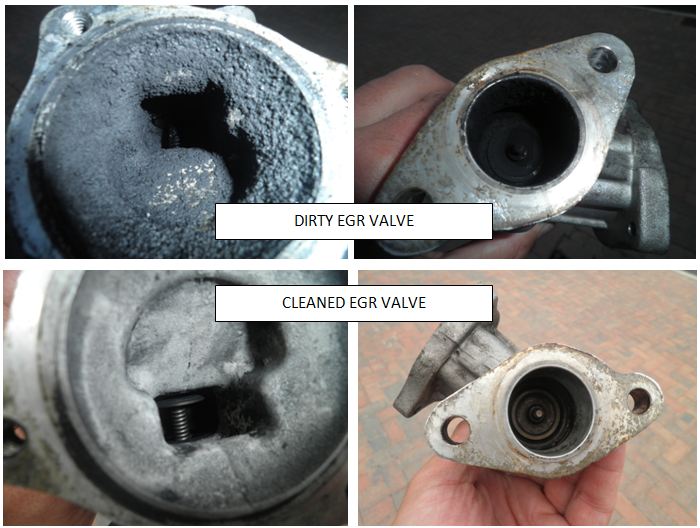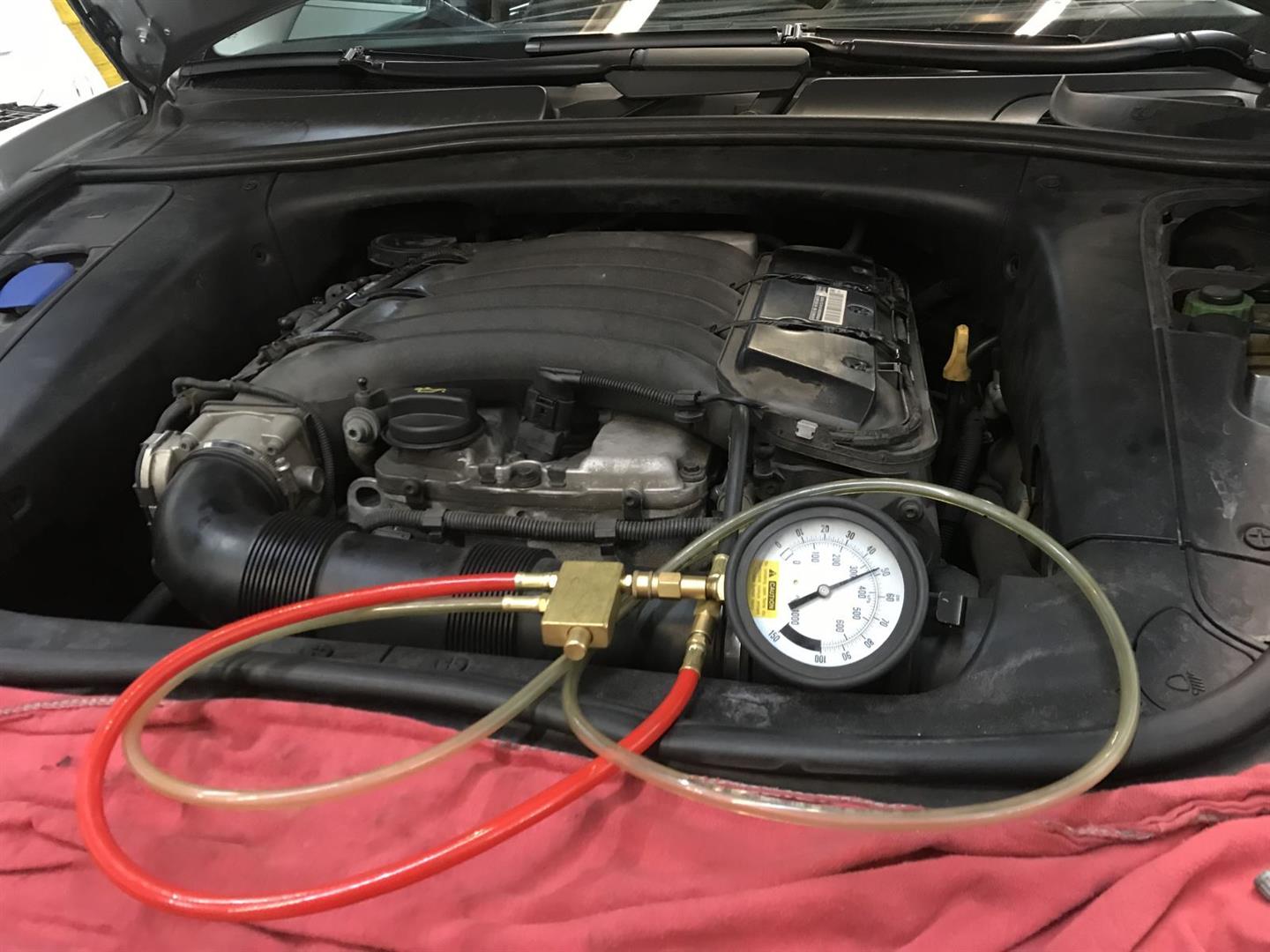Posted on 12/14/2017

What is an EGR valve? The EGR valve is a small component, invented to allow the flow of exhaust gases into the intake manifold in controlled amounts. It is a simple valve that closes and opens as needed. The EGR valve has one job to do. Its role is to either open and direct exhaust gases into the combustion chamber or to close and keep the gases from entering. When your car engine starts, the valve becomes active and remains in a closed position, barring the flow of exhaust gases. Once the engine reaches working temperature and speed is increased, the valve — either through a vacuum or electronic control — increasingly opens, allowing burned exhaust gases to enter and combine with the air-fuel mixture inside the combustion chamber. If you slow down or come to a stop, the valve progressively closes and blocks the flow of exhaust gas. The process continues for as long as the engine is running. When the engine is off, the EGR valve closes and remains so. The EGR valve has ... read more
Posted on 12/11/2017

Fuel pump replacement is a necessary part of your car's maintenance. A fuel pump transfers fuel from your tank to your engine. It supplies the fuel at a constant pressure to ensure that the engine is running smoothly. Mechanical or electronic fuel pumps are standard in your vehicle. A mechanical pump has a diaphragm mounted on the outside of the fuel tank that expands and contracts, creating a vacuum system that expels fuel out of the gas tank and into the engine. Electronic pumps use an electromagnetic motor inside the fuel tank that forces fuel into the engine at a high pressure. Cars with carburetors contain mechanical pumps while vehicles with fuel injection systems have electric pumps. The motion of the engine directly drives a mechanical pump. Since mechanical pumps contain few moving parts, they tend to be reliable and easy to diagnose and fix. The most common problems with mechanical pumps occur when the diaphragm is damaged in some way, which throws the pressure sy ... read more